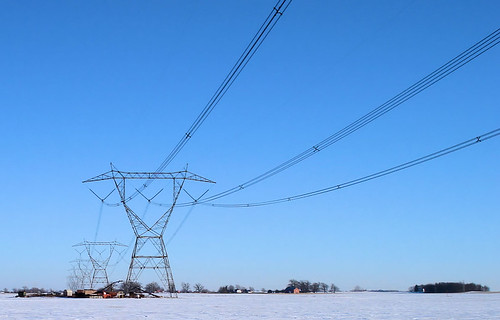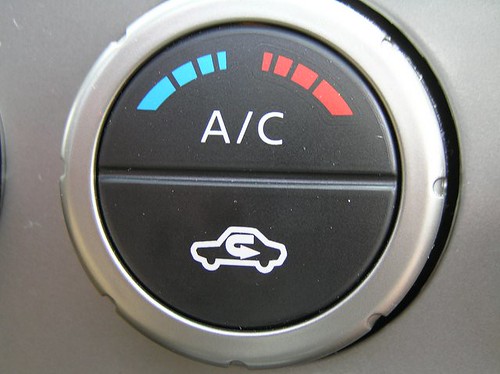
Photo Credit Bob Fornal
So, Nick Carr writes regularly about cloud computing and how the Internet is heading more and more towards the same model as the utilities. And he’s right. And this is a good thing.
Now let’s turn that on its head.
When will the utilities start to become more like the Internet? Specifically, when will disparate, disconnected electrical grids join up to give us one global electricity super-grid?
Can you imagine the resilience of a massively connected super-grid? One which can route around problems.
Then think about how much more stable the super-grid would be if the excess energy produced by, for instance, Scandanavian wind farms on windy nights could simply be sold to meet capacity shortages in the US as people arrive home from work, or in Japan as they start to wake up.
What if the grid were smart, publishing prices in real-time, based on supply and demand fluctuations?
And further, what if smart meters in homes and businesses could adjust appliances based on the real-time pricing (thermostats up/down, devices on/off, etc.)?
And what if, again like the Internet, the super-grid were read/write i.e. if you could be a producer as well as a consumer? Think plug-in hybrid vehicles, for example. In times of more abundant electrical supply when energy is cheap or negatively priced (sun shining on Spanish PhotoVoltaic arrays and/or wind blowing on Northern European wind farms), plug-in hybrids could suck in electricity and act as a distributed electrical storage mechanism. Several hours later, if the wind dies down, or the sun sets electricity prices jump and the smart meters realise it is now financially advantageous for plug-in hybrids to sell electricity back to the grid. So they do.
What if most of the technologies to make this happen already existed? How long will it be before the utilities embrace the Internet model in the same way the Internet is jumping on the utility model?
UPDATE: Simon Wardley writes that:
According to wikipedia, “the concept of an interconnected global grid linked to renewable resources was first suggested by Buckminster Fuller” in the 1970s.
There are even organisations such as the Global Energy Network Institute (GENI) who apparently have been working on the “viability of the interconnection of electric power networks between nations”.
This subject deserves a higher profile.
It seems I am in august company!

